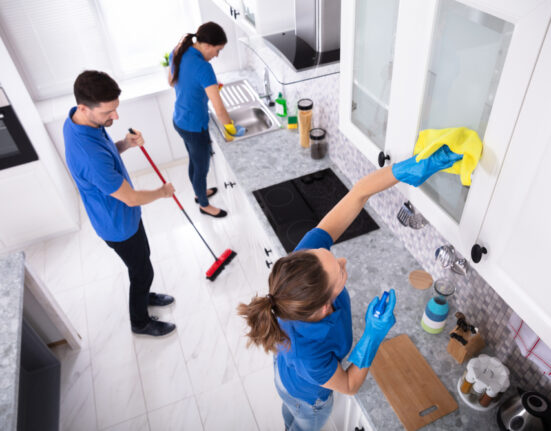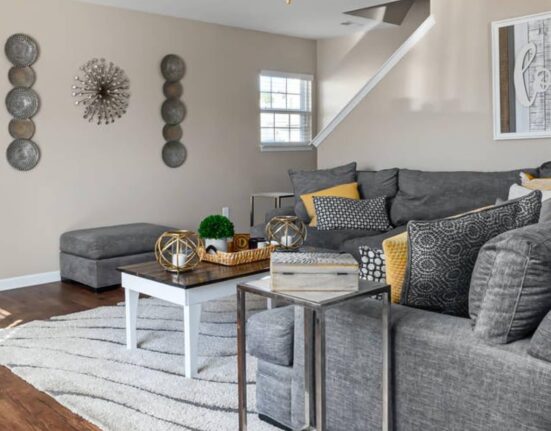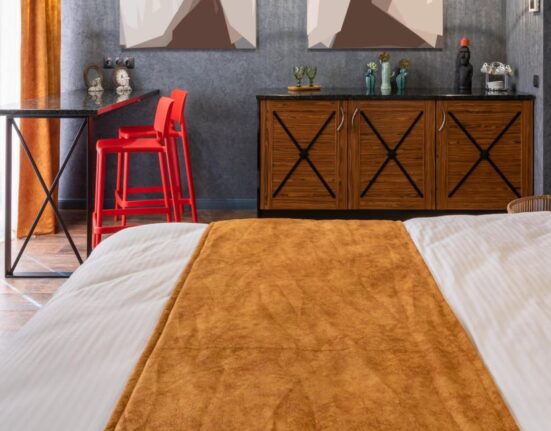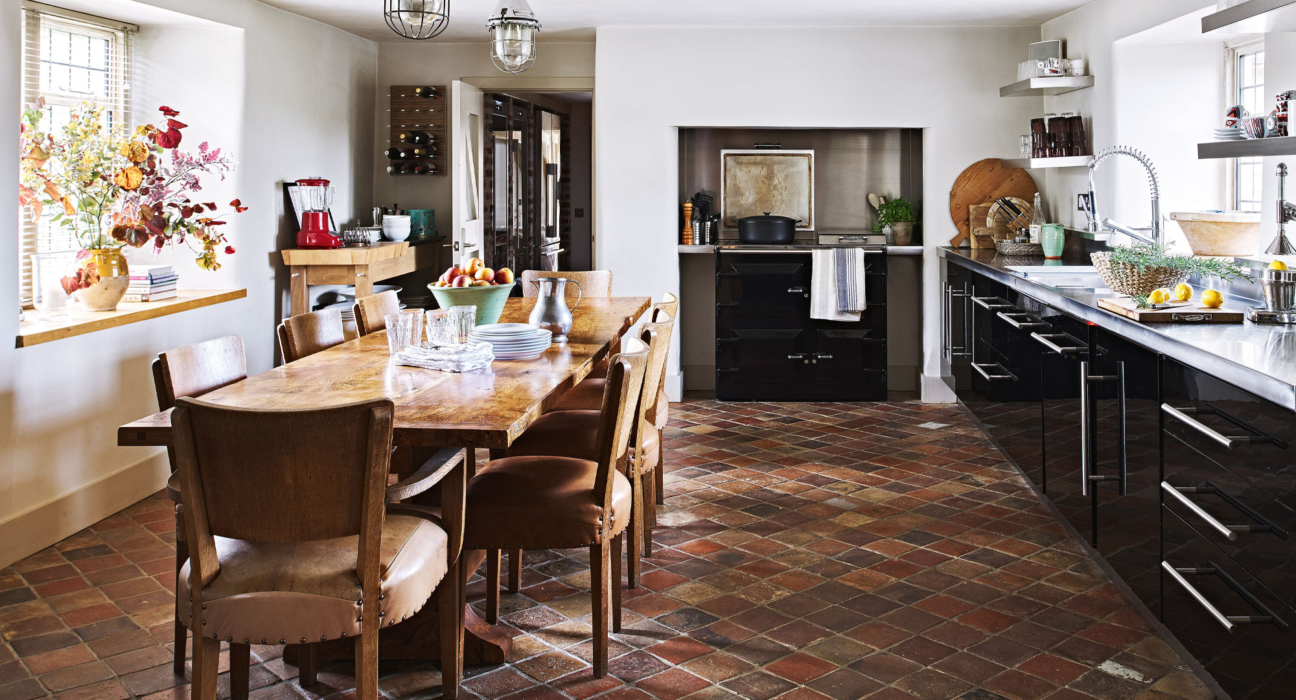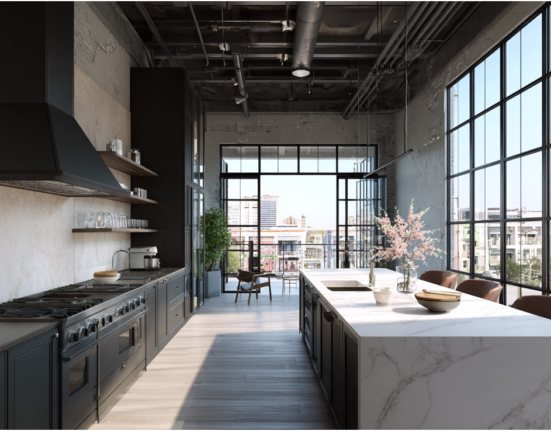It was a typical Saturday morning in the Johnson household. The sun shone through the kitchen windows, casting a golden glow across the floor as little Jacob ran through the room, chasing his dog, Pepper. Mrs. Johnson stood at the kitchen counter, preparing breakfast, and when it happened, Jacob’s juice box slipped from his hand, sending grape juice splattering across the floor. She gasped as it pooled at her feet. That moment made her realize that her once-pristine hardwood kitchen floor was no match for a busy family’s daily wear and tear.
That incident began a journey to find the best flooring for kitchens, a space constantly subjected to spills, foot traffic, and fluctuating temperatures. In today’s kitchens, selecting the right flooring isn’t just about aesthetics but durability, maintenance, and cost. Let’s dive into the best kitchen flooring options and back them up with statistics and expert recommendations.
Why Choosing the Right Kitchen Flooring Matters
The kitchen is often the busiest room in any home. According to the National Kitchen & Bath Association (NKBA), American homeowners spend an average of 2.8 hours daily in the kitchen. With that kind of foot traffic, choosing flooring that can withstand frequent use without compromising on style or functionality is essential.
Statistics from the National Association of Home Builders (NAHB) indicate that 78% of homebuyers consider the quality of kitchen flooring as a top priority when looking for a home. The right flooring can boost your home’s resale value while offering you the practicality and durability needed for daily life.
Top Flooring Options for Kitchens
- Tile Flooring: A Classic Choice
Tile is a timeless favorite for kitchens. It’s highly durable, easy to clean, and comes in various styles, including ceramic, porcelain, and natural stone. Ceramic and porcelain tiles are trendy due to their moisture resistance, making them ideal for high-traffic areas like kitchens.
According to a Home Innovation Research Labs report, ceramic tile accounts for 17% of kitchen flooring installations in new homes. Porcelain, which is denser and less porous than ceramic, offers added durability. Both types of tile are also available in a wide range of colors and patterns, allowing homeowners to achieve the exact look they want.
However, the critical drawback of tile flooring is its hardness. Standing on the tile for extended periods can be uncomfortable, and dropped items will likely shatter. Additionally, tile installation can be labor-intensive, adding to overall project costs.
Key Stats:
- Lifespan: 50+ years with proper maintenance
- Average cost: $4 to $12 per square foot (materials only)
- Water resistance: High
- Luxury Vinyl Flooring: The Budget-Friendly Star
Luxury vinyl flooring (LVF) has become increasingly popular in recent years, and it’s no surprise why. This versatile flooring option mimics the appearance of more expensive materials like hardwood or stone while offering superior water resistance, making it ideal for kitchens.
A report from Market Research Future notes that the luxury vinyl tile market is expected to grow at a compound annual growth rate (CAGR) of 11.2% through 2026, driven by its affordability, ease of installation, and low maintenance requirements. LVF is also more comfortable underfoot than tile and less prone to cracking.
Whether you opt for luxury vinyl planks (LVP) that mimic hardwood or luxury vinyl tiles (LVT) designed to look like stone or ceramic, you’ll find a vast selection of styles. This option also stands up well to heavy foot traffic and frequent spills.
Key Stats:
- Lifespan: 15 to 20 years
- Average cost: $2 to $7 per square foot (materials only)
- Water resistance: High
- Hardwood Flooring: A Timeless Yet Delicate Option
Hardwood has long been considered one of the most desirable flooring options in any room, including kitchens. It exudes warmth and elegance and can last for decades with proper care. However, while hardwood is beautiful, it’s also one of the more high-maintenance kitchen flooring options.
According to a National Wood Flooring Association study, 55% of homebuyers prefer homes with hardwood floors. That said, hardwood can be vulnerable to warping, staining, and wear in a moisture-prone space like the kitchen. Engineered hardwood, which features a plywood core with a hardwood veneer, offers better resistance to moisture than traditional solid hardwood.
If you’re set on hardwood for your kitchen, opting for durable finishes like polyurethane can help protect the surface. Many homeowners choose engineered hardwood over traditional solid wood to mitigate moisture risks while retaining the wood’s warm look and feel.
Key Stats:
- Lifespan: 20 to 30 years (solid hardwood), 15 to 20 years (engineered hardwood)
- Average cost: $6 to $18 per square foot (materials only)
- Water resistance: Moderate (engineered hardwood offers better resistance)
- Laminate Flooring: The Durable Imitator
Laminate flooring is another option that has gained popularity. It can imitate the look of hardwood or tile at a fraction of the cost. Made from composite wood, laminate is layered with a photographic image replicating natural materials.
While laminate is less expensive and easier to install than hardwood, it’s also more prone to damage from water and moisture. However, many modern laminate options now feature water-resistant coatings, making them more suitable for kitchens.
According to data from Floor Covering News, laminate flooring is commonly chosen for its affordability and versatility. In 2020, it represented around 8% of flooring installations in the U.S.
Key Stats:
- Lifespan: 10 to 25 years
- Average cost: $1.50 to $5 per square foot (materials only)
- Water resistance: Low to moderate
- Cork Flooring: The Eco-Friendly Option
For homeowners seeking a sustainable choice, cork flooring offers a unique combination of style and environmental responsibility. Cork is harvested from the bark of cork trees, making it a renewable resource. It’s also naturally resistant to mold, mildew, and water, making it a good choice for kitchens.
Cork’s softness and flexibility make standing on for long periods comfortable, a feature many home chefs appreciate. However, cork is more prone to scratches and dents and needs to be resealed regularly to maintain its water resistance.
The growing demand for eco-friendly flooring options has put cork in the spotlight. The Environmental Protection Agency (EPA) has noted a rise in cork flooring sales due to its sustainable sourcing.
Key Stats:
- Lifespan: 10 to 30 years with proper care
- Average cost: $3 to $8 per square foot (materials only)
- Water resistance: Moderate (requires sealing)
Conclusion: Choosing the Best Flooring for Your Kitchen
Each kitchen flooring option has its own advantages and challenges. Tile and luxury vinyl are excellent for durability and water resistance, while hardwood and laminate offer aesthetic appeal. For eco-conscious homeowners, cork provides an environmentally friendly alternative.
When selecting the best flooring for your kitchen, consider the needs of your household, budget, and lifestyle. A busy family with kids and pets may prioritize durability and ease of maintenance. At the same time, a couple who loves to entertain might opt for flooring that enhances the beauty of the space.
Ultimately, the best kitchen flooring is the one that complements your home’s style, fits within your budget, and withstands the rigors of daily life in one of your home’s most important rooms.


